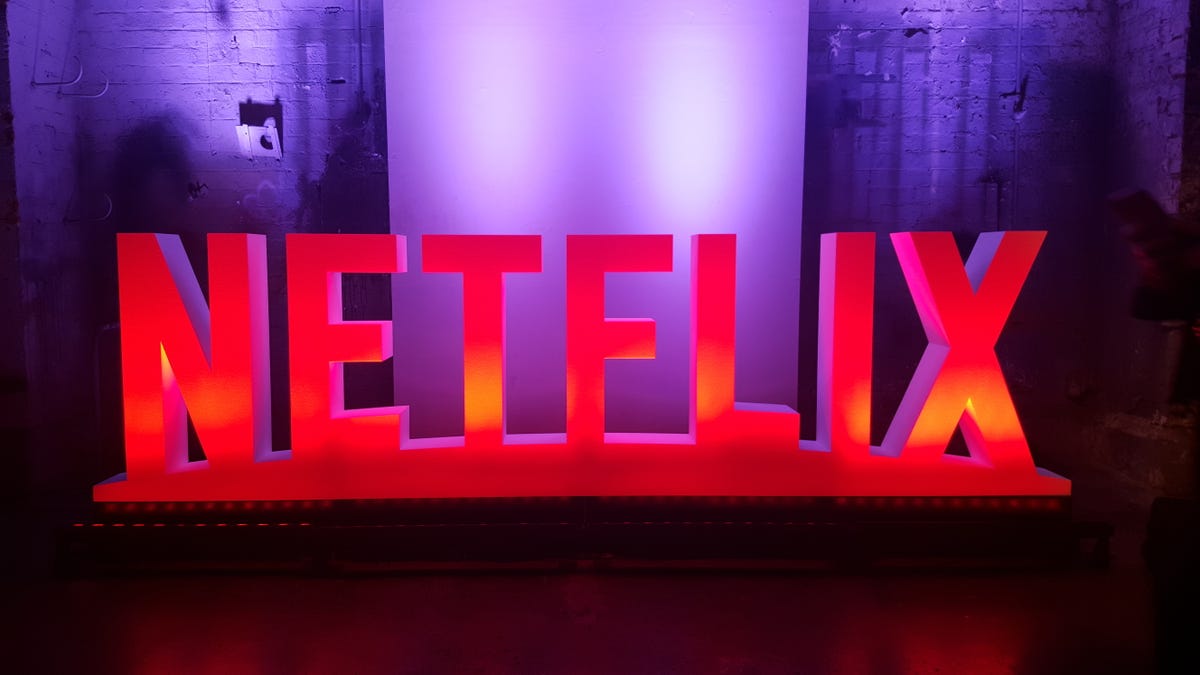Outfoxed: Streaming overtakes Foxtel for the first time
Foxtel hasn't exactly lost subscribers in recent years, but there's no doubting just how massive the rise of streaming services has been in Australia.

Looking at streaming subscription numbers over the past 18 months, the effect of Netflix is clear.
It's official. Streaming services have had a meteoric rise in Australia, and they've now passed Foxtel in subscription numbers.
That's according to research from Roy Morgan that shows the number of Australians over the age of 14 with a streaming video on demand (SVOD) subscription in their home reached 5,595,000 in the March to August 2016 period. That just pipped out the total number of Australians with pay TV, which nudged up slightly to 5,309,000.
Looking at the figures, it's clear that Australia has been hit with the Netflix Effect over the past 18 months. The arrival of the US streaming giant shook up the established media industry, leading Foxtel to restructure its own streaming service, Presto, and also tying in with the arrival of local SVOD player, Stan.
Pay TV subscribers have stayed steady for three years, but Streaming services have skyrocketed, finally passing pay TV in recent months.
But despite the flurry of interest, and the meteoric rise in SVOD subscriptions, pay TV hasn't taken too much of a dent in subscribers since the arrival of Netflix.
That's not to say Foxtel isn't sitting up and taking notice. The company this week announced that it would be restructuring its IPTV offering, Foxtel Play, with a change in package options and a lowering of prices to bring the service more in line with the monthly subscriptions charged by rival SVOD players.
When announcing the change to Foxtel Play pricing, company CEO Peter Tonagh said the growth of SVOD was having a positive effect on the industry.
"There has historically been a view that Australians won't pay for content," he said. "This was true for news, true for music and, for many Australians, true for television. Not anymore. Now, for the first time, many more Australians have shown they are willing to pay for the right television proposition. That can only be a good thing for Foxtel."
Tonagh also reiterated that SVOD services can't compete on live and linear viewing, which represent the "vast majority" of Australia's viewing habits, especially in sport and news.
But there's no doubting the shakeup caused by streaming.
And the growth in SVOD subscriptions in Australia has led to a growth in the industry overall. With Foxtel numbers staying steady, the boost to streaming has led to a matching increase in the total number of Australians with Pay TV, SVOD or IPTV services (Internet Protocol TV, or live programming and catch-up services delivered via the internet).
It seems a rising stream lifts all ships.
Updated 2:30 p.m. AEST: Added comment from Foxtel.

